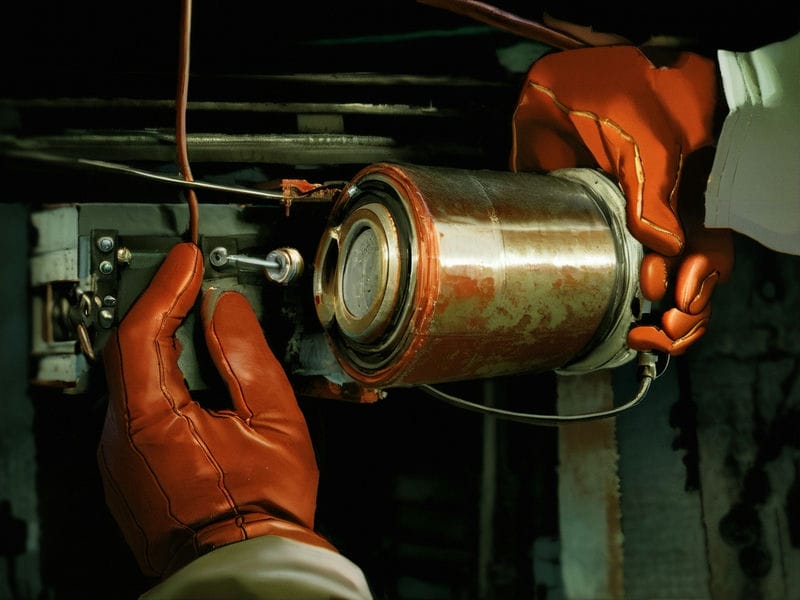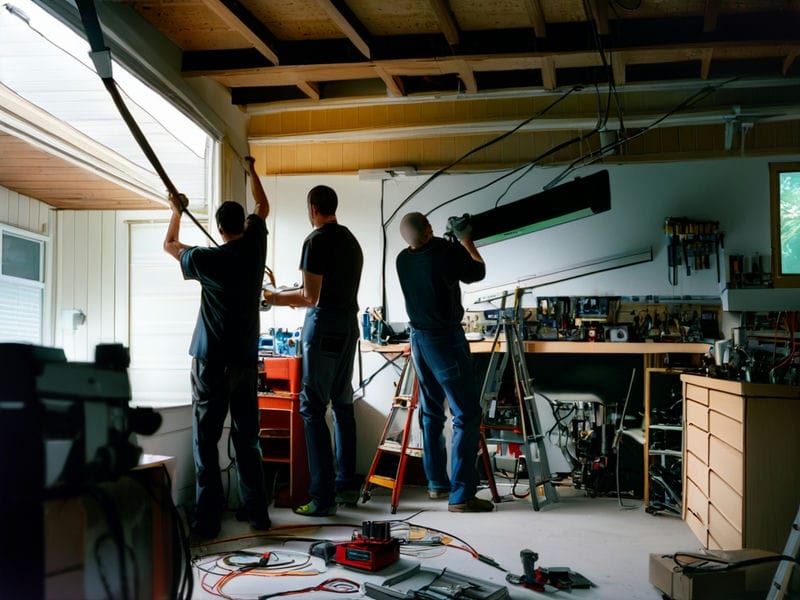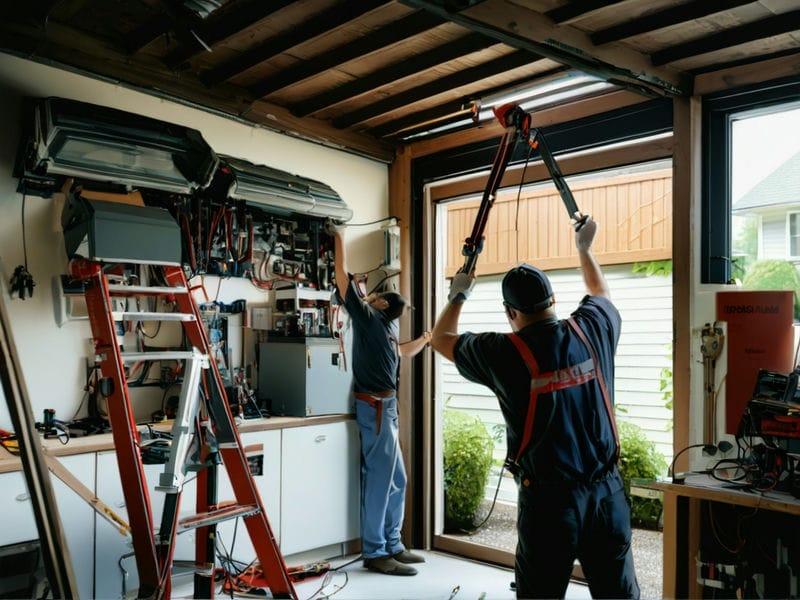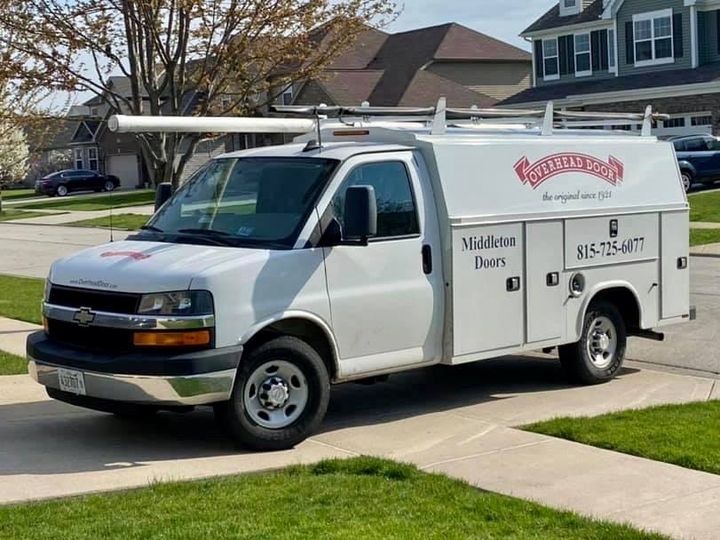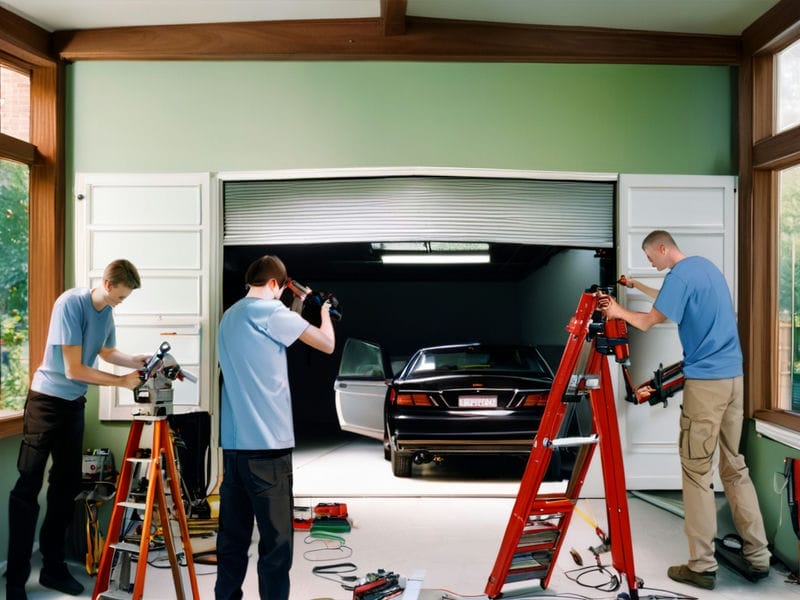
Controlling Temperature and Humidity in Garages
Explanation of how poor insulation can lead to energy loss and increased utility bills
Controlling temperature and humidity levels in garages can be a tricky task, as there are several factors that can affect these conditions. One of the main factors is the location of the garage. If the garage is located in a sunny area, it may be prone to higher temperatures, while a garage located in a shaded area may have lower temperatures. Additionally, if the garage is poorly insulated, it may struggle to maintain a consistent temperature and humidity level.
Another factor that can affect temperature and humidity levels in garages is ventilation. Our team offers personalized garage door consultations The Role of HVAC in Protecting Your Garage Equipment property. We provide thorough garage door inspections garage door opener repair weather. Proper ventilation is crucial for regulating these conditions, as it allows for air circulation and prevents moisture buildup. Without adequate ventilation, a garage can become hot and stuffy in the summer months, leading to high humidity levels.
The type of flooring in the garage can also impact temperature and humidity levels. Concrete floors tend to retain heat and cold more than other types of flooring, which can affect the overall temperature of the space. Additionally, if there are any leaks or cracks in the floor, moisture can seep into the garage, raising humidity levels.
Lastly, external factors such as weather patterns and seasonal changes can also influence temperature and humidity levels in garages. For example, during hot summer days, garages may become extremely warm without proper insulation or ventilation.
Controlling Temperature and Humidity in Garages - mechanical tension
- curve
- property
- townhouse
In order to effectively control temperature and humidity levels in garages, it's important to address these factors by installing proper insulation, ensuring adequate ventilation, maintaining flooring integrity, and being mindful of external influences. By taking these steps, you can create a comfortable environment in your garage year-round.
